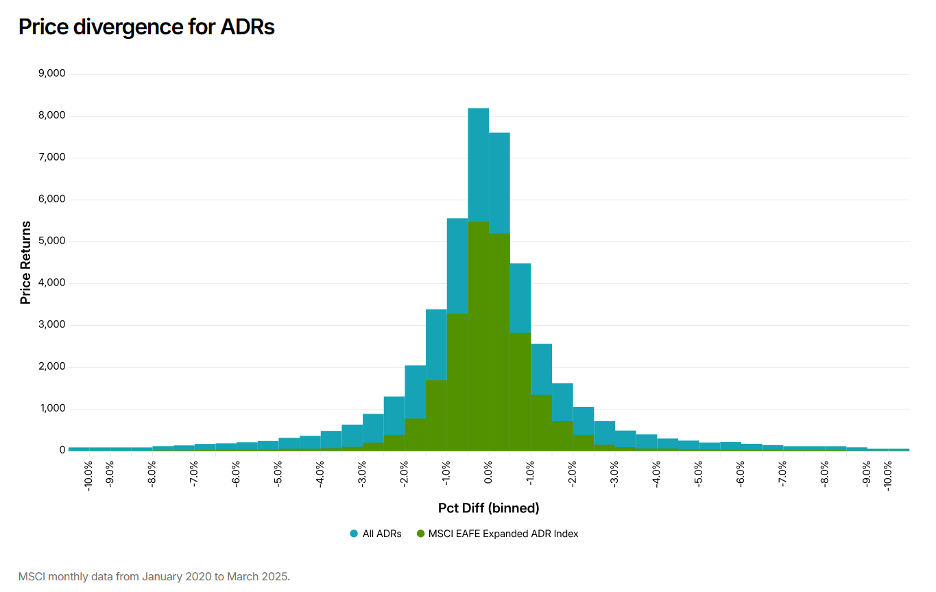Why Tokenized Equities Demand ADR-Style Safeguards for Investor Protection
Wall Street’s latest crypto flirtation—tokenized stocks—has a glaring weak spot: investor protections. Without an ADR-like framework, these digital assets risk becoming the wild west of equity markets.
The Naked Truth About Tokenized Stocks
Traditional ADRs (American Depositary Receipts) shield investors from jurisdictional chaos. Tokenized equities? They’re skating on thin ice with cross-border legal gray zones and patchy recourse mechanisms.
Smart Contracts ≠ Smart Regulations
Blockchain’s ‘trustless’ ethos cuts both ways. While it bypasses middlemen, it also dodges decades of hard-won investor safeguards—like that time a DeFi protocol ‘accidentally’ locked $200M forever.
The Cynic’s Corner
Funny how Wall Street suddenly loves decentralization when it means lighter compliance burdens. Remember when banks fought Bitcoin tooth and nail? Now they’re minting tokenized Tesla shares—with fewer strings attached.
The bottom line? Tokenization could revolutionize finance—if it doesn’t vaporize investor rights first.

- Scalability
ADRs can be deployed by both stock issuers and secondary market participants, enhancing scalability and adoption — unlike on-chain issuance models reliant on issuer initiation and active maintenance.
Proven and fully integrated into global finance, applying the ADR structure to tokenized equities is a logical evolution.
As tokenization matures, this kind of innovation is critical to scaling adoption and trust. Just as SEC Rule 12g3-2(b) streamlined access to foreign issuers, a similar regulatory mechanism could unlock broader tokenized equity markets, enabling public companies to offer tokenized shares to U.S. investors in a compliant manner.
The path forward doesn’t require inventing a new wrapper — it requires adapting a proven one. In other words, the bridge between traditional finance and digital infrastructure already exists. It just needs to be thoughtfully crossed.

